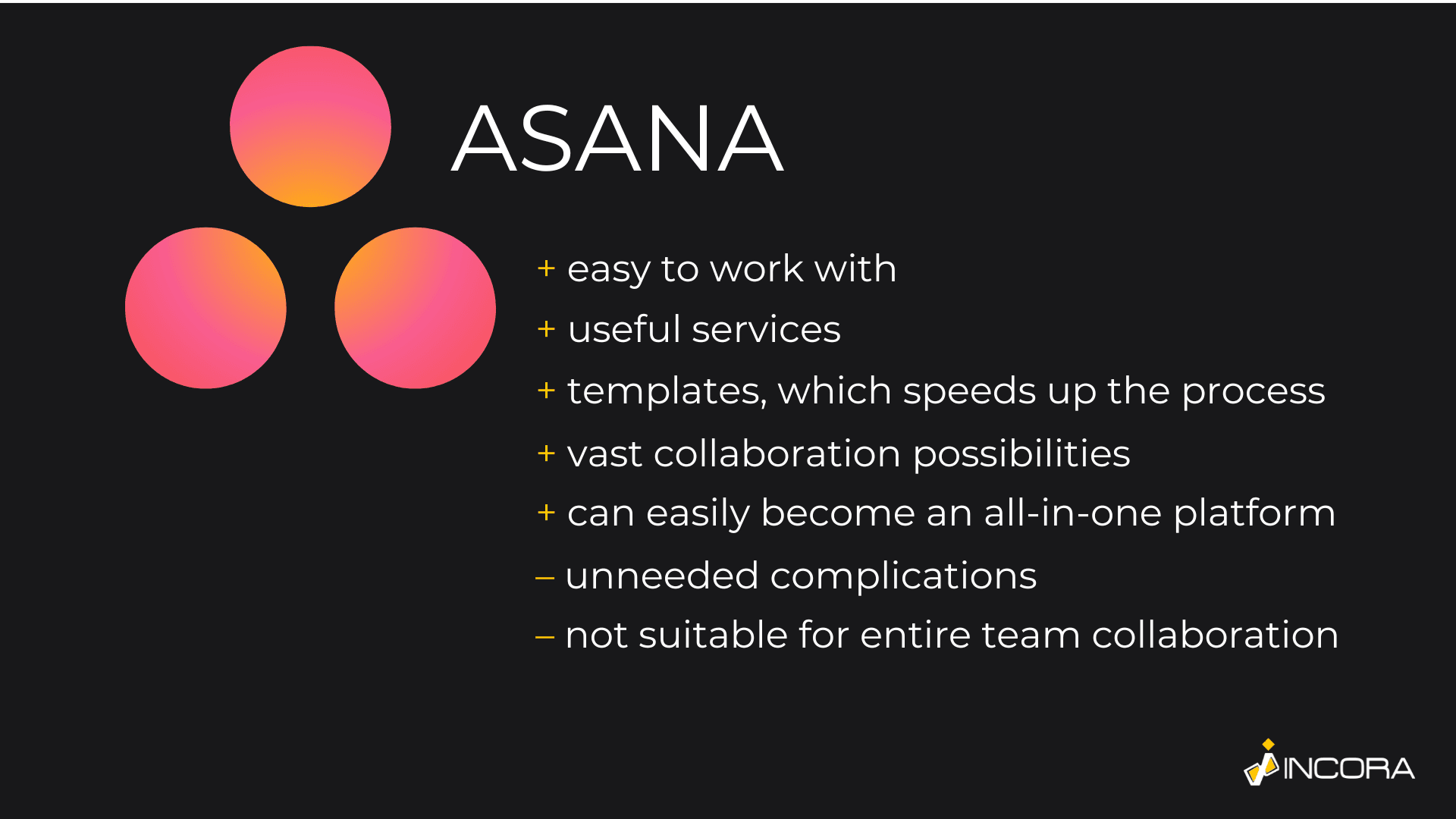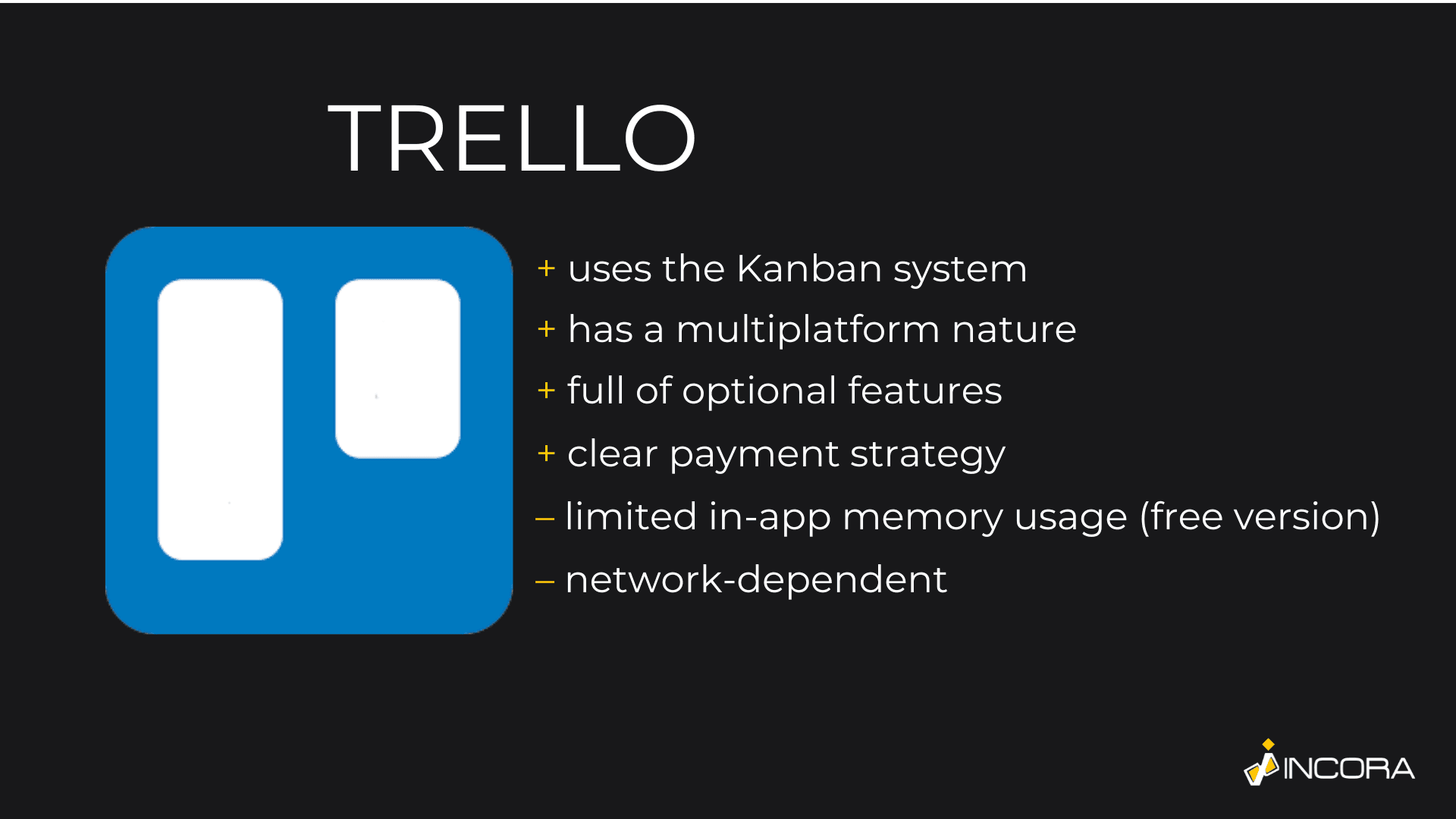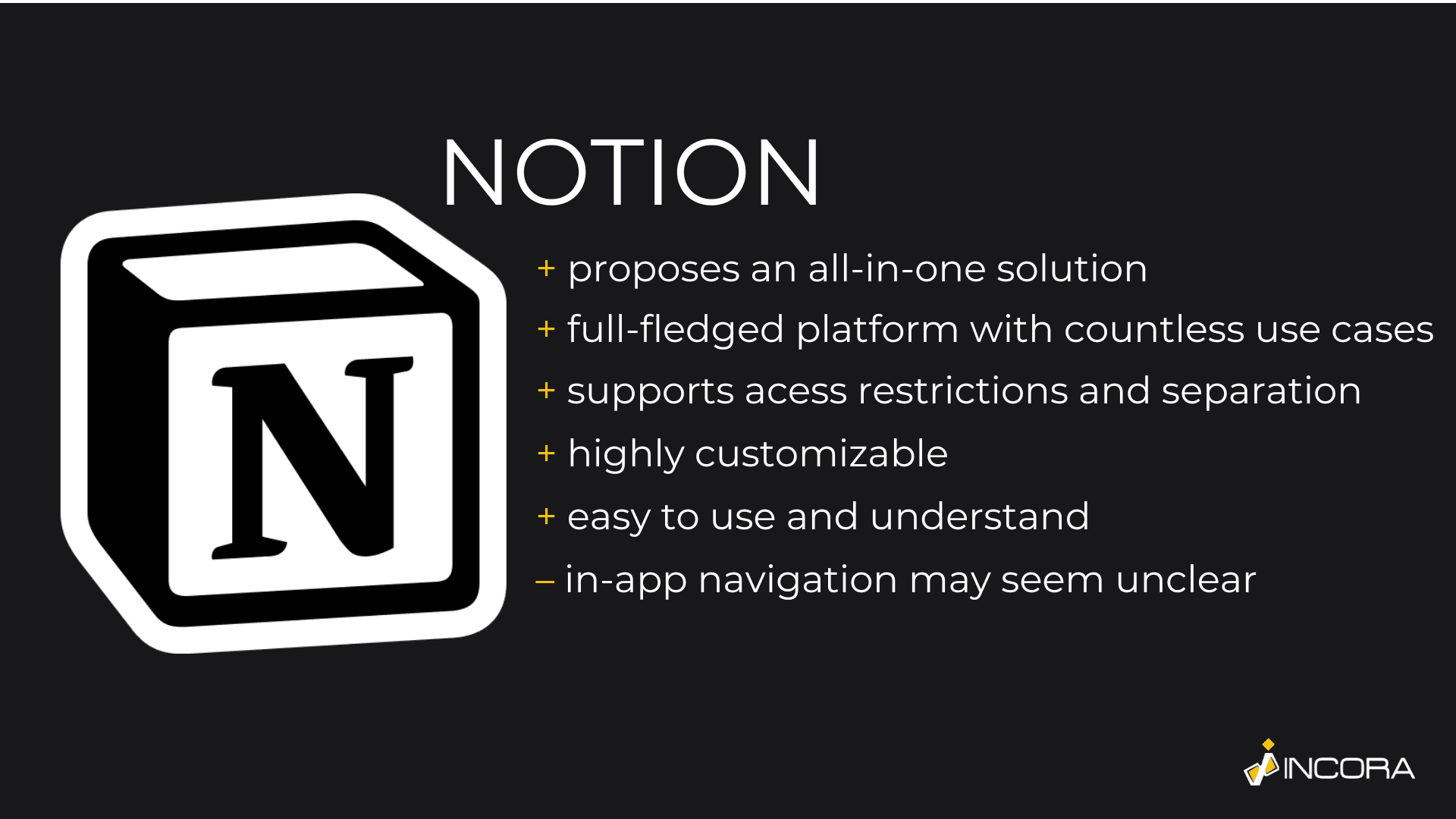Agile over Plan-Drive Approach: What Agile Tools to Choose?
December 06, 2022 • 936 Views • 16 min read
Bohdan Vasylkiv
CEO & Co-Founder
When it comes to software development, it is highly important to make correct estimations and planning. It is impossible to overemphasize the role of these two steps in a successful development cycle. In fact, it is possible to predict the outcome of the product, as well as its quality, judging by the result of the planning process.
Due to the importance of such processes, the number of various custom project management tools and methodologies is countless. Nonetheless, it doesn’t mean, that it is impossible to define the most crucial or effective ones.
For instance, one of the main dilemmas in this step is to choose the overall project management methodology, which will determine the working process principles of software product development services. Project managers usually narrow down their choice to an agile method vs a plan-driven approach. These, in fact, are the most popular and different methodologies.
Comparing Agile vs Plan-Driven Approaches
It is possible to assume, that these are complete opposites. Despite this fact, each of these project management methodologies is very effective, when correctly chosen regarding the context.
What is Plan-Driven Solution?
To make it simple, it is considered the main and traditional way how to organize your development cycle. Plan-driven, also known as waterfall strategy, is based on step-by-step principles. As a result, the development is gradual, when each next development stage is started after the previous one was completely finished.
On the one hand, such an approach allows you to fully plan your development cycle, divide it into various standalone parts, and track them locally.
Thus, the developers are aware of the required goal and are able to maintain routine development, inch by inch fulfilling the requirements, using the same technologies. This also helps to create a perfectly balanced development pace for your dedicated team, with only minor changes within the project.
On the flip side, it is hard to make any crucial shifts, if such an approach was chosen. So, the product owner will have to wait for the end of the development cycle, and only after it, they can require additional implementations.
So, if the project planning was incorrect, or during the development, new ideas and features were designed, they will be implemented afterward, when the original plan is accomplished.
Summing up the foregoing, plan-driven project management methodology is product-oriented. The main concern of the team is to achieve predetermined goals.
What is Agile Methodology in Software Development?
So, how does the agile lifecycle differ from the previous strategy? As it was mentioned before, it is completely different from the plan-driven approach. Clearly, it doesn’t mean, that the agile lifecycle rejects planning the project. This approach also includes the preplanning stage, yet it is not as crucial for development in this case.
Instead, it is based on sprint planning as well. So, when you choose an agile project management methodology, you will have to constantly shape your plans.
First, you will have to complete the overall product planning stage. However, when it comes to workflow, the agile software development team is capable of constantly changing its goals. These changes are possible thanks to sprint planning.
So, instead of completing each stage and only then switching to the next one, working step-by-step, the agile software development team works within sprints. Sprint is a time period, which may vary from 2 weeks to 2 months. Each sprint is based on the Scrum principles and has its own cycle:
- Sprint planning, when the goals for the sprint and needed resources are defined.
- Daily Scrum, or daily standups, when developers are choosing tickets(tasks), working on them, and regularly updating their progress.
- Sprint Review, when the team discusses and evaluates done tasks, presents the progress to the client, etc.
- Sprint Retrospective, when the sprint is done, agile team members consider tasks, discuss the difficulties and issues, and share their ideas on how to improve or extend the functionality.
Therefore, thanks to sprint planning, it is possible to constantly change the goals for each sprint. As a result, if during the retrospective new ideas or features will appear, or the customer will ask for some changes, all of them can be easily implemented in the next sprint. This flexibility and freedom are the reasons, why it is called agile development.
Nonetheless, the plan-driven development approach does not need any third-party software or applications. Instead, it can be written down in the simplest text editor. On the contrary, for successful work, agile software development requires some specific agile tools.
This is why we decided to create a brief list of the best agile software development tools. We have to clarify, though, that this list is not final and you may choose some alternative tools, which are not listed here.
Best Agile Software Development Tools
Actually, most agile tools are related to the project management field. In other words, they are used specifically for sprint planning and task progress tracking.
Jira
Jira is probably one of the most famous and widespread agile software examples. Also, It is assumably the best illustration of the needed features for such instruments. Atlassian product proposes the most useful and user-friendly services for easy, yet full-fledged agile lifecycle maintenance.
Frankly, Jira may seem overcomplicated for some people, compared with the alternatives. For instance, it must be manually set up, before using it. However, this is one of the main features, allowing users to adjust this tool specifically to their requirements.
Yet, it is also true, that before actually using it, you will most likely have to spend some time, figuring out its settings and possibilities, as well as setting the platform itself. Nonetheless, it gives a wide range of options like dividing desks, evaluating tasks in-app, defining sprints, etc.
Also, the platform proposes a fast and effective support service, where you can get all the needed information and help with setting up the software. Finally, Jira is quite an expensive solution, compared with its rivals. Including all the foregoing facts, it is possible to state, that it is mostly preferred for big projects, with numerous developers, working on different tasks.

Asana
This agile project management tool is as famous as Jira. In fact, they are quite similar. For instance, the main user interface, and kanban boards, which are used as working desks, are based on the same principles.
Yet, Asana is much easier to work with, and instead of complicated settings options, it proposes other useful services. For instance, Asana provides users with a template feature, which allows them to speed up and simplify the process of entire product creation, or existing project progress and management tracking.
It is not the only or even main Asana’s advantage over the competitors. In fact, the main feature of this management tool is its vast collaboration possibilities. For instance, Asana supports numerous well-known platforms and services like Slack, Google Services, Microsoft Office, etc.
As a result, it can easily become an all-in-one platform, where its users can easily find all the project-related info, including documentation, code samples, and management tools.
Talking about the drawbacks, it is impossible not to mention, that its countless additional features can cause unneeded complications. Moreover, it may be not the best platform for entire team collaboration, because only a single person can be responsible for a single task.
Thus, it will require you to figure out ways how to avoid such issues, yet the most obvious one is to duplicate the task and assign various people to it. However, there is no need to explain why such a crutch can become a real headache by messing up your task board.

Trello
Trello is another example of an agile software development tool, designed for project management. It is similar to the previous ones. For instance, it also uses the Kanban system and mostly provides the same key features.
Nonetheless, it has some differences, which can be considered both an advantage and drawback. For instance, the Trello app has a multiplatform nature. As a result, it will be a user-friendly and convenient solution, no matter what device users are using. Also, it is much simpler than the competitors.
For instance, the user interface is easy to understand. Additionally, most activities like notes and text supplements, which are mandatory in alternative applications, are optional in Trello.
So, the users are able to choose what to explain and what not to. Also, Trello provides real-time tracking, support, and updates, meaning that if a new software update appears, it will be automatically implemented.
Finally, Trello has a clear payment strategy. It is based on the freemium model, meaning that each user can get free access to the app, yet will have limited functionality available. Alternatively, if the users will pay for a subscription, they will get additional bonuses.
Talking about the drawbacks, it is impossible to mention some of the limitations of the free version. For example, Trello has very limited in-app memory usage, i.e. each upload is limited to 10MB per file. If users are using a subscription, they can increase this limit up to 250 MB/file.
Still, it is not always enough. Thus, it is definitely worth including this fact when choosing the app. Also, it is network-dependent. Therefore, if the internet connection is poor or absent - the users won't get any updates or access.
To conclude, Trello is a great choice for small software teams or projects, which ensures customer satisfaction and clear pricing policies. Yet, they may struggle with some limitations of the free version. However, it is easy to overcome them simply by paying for the subscription.

Notion
Frankly speaking, Notion is probably one of the Best Agile Software Development Tools. It tries to find a new answer for what is agile methodology in software development.
Unlike all the previously mentioned examples, Notion does not have a single main management form. While most competitors use the Kanban dashboard, Notion proposes an all-in-one solution.
As a result, it is not only an agile tool for project management but a full-fledged platform with countless use cases. For example, a Notion-like application can be used both by a group or an individual. It can be used as an individual planner, a place to make notes, etc.
Yet, it also supports restrictions and separation, so you can easily divide the platform into folders, each of which will have limited access. In other words, you can create separate content plans and pages for each agile software development team to ensure confidentiality or avoid unneeded confusion.
Notion app is highly customizable and can serve numerous purposes at once. Also, it is easy to use and understand. However, Notion has its own disadvantages as well. In particular, you will need some time to figure out how to use it due to the fact, that the working principles are different from the traditional ones. Also, the in-app navigation may seem unclear to newcomers.
Eventually, it is commonly considered a tool for notes and in-text information storage. However, it is hard to argue the fact, that some groups are successfully using it for agile lifecycle creation and monitoring.

Summary
Frankly speaking, there is no actual winner. Each of the proposed project management methodologies has its own pros and cons and must be chosen according to the overall project requirements and depending on the team's desires.
Also, it is impossible to say, that an agile approach is better or worse than the plan-driven approach, they are simply used in different circumstances. We have also to admit, that there is a wider range of agile tool variations.
On the other hand, a plan-driven methodology can be used without any additional software at all.
Whether you have any other questions or simply want to get to know us, you can directly contact us, or simply visit the special section.
What’s your impression after reading this?
Love it!
1
Valuable
2
Exciting
1
Unsatisfied
1
FAQ
Let us address your doubts and clarify key points from the article for better understanding.
you may also like
Let's talk!
This site uses cookies to improve your user experience. Read our Privacy Policy
Accept

Share this article